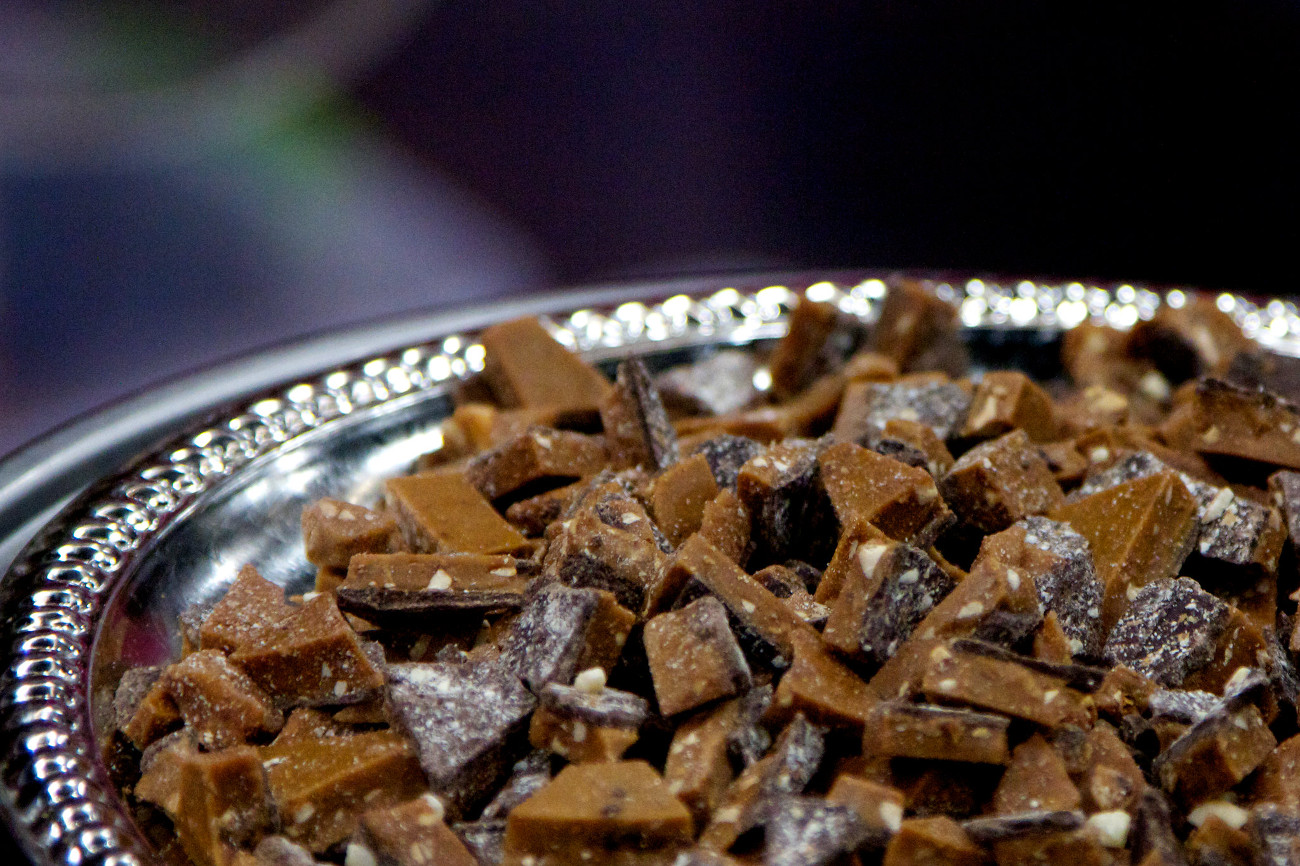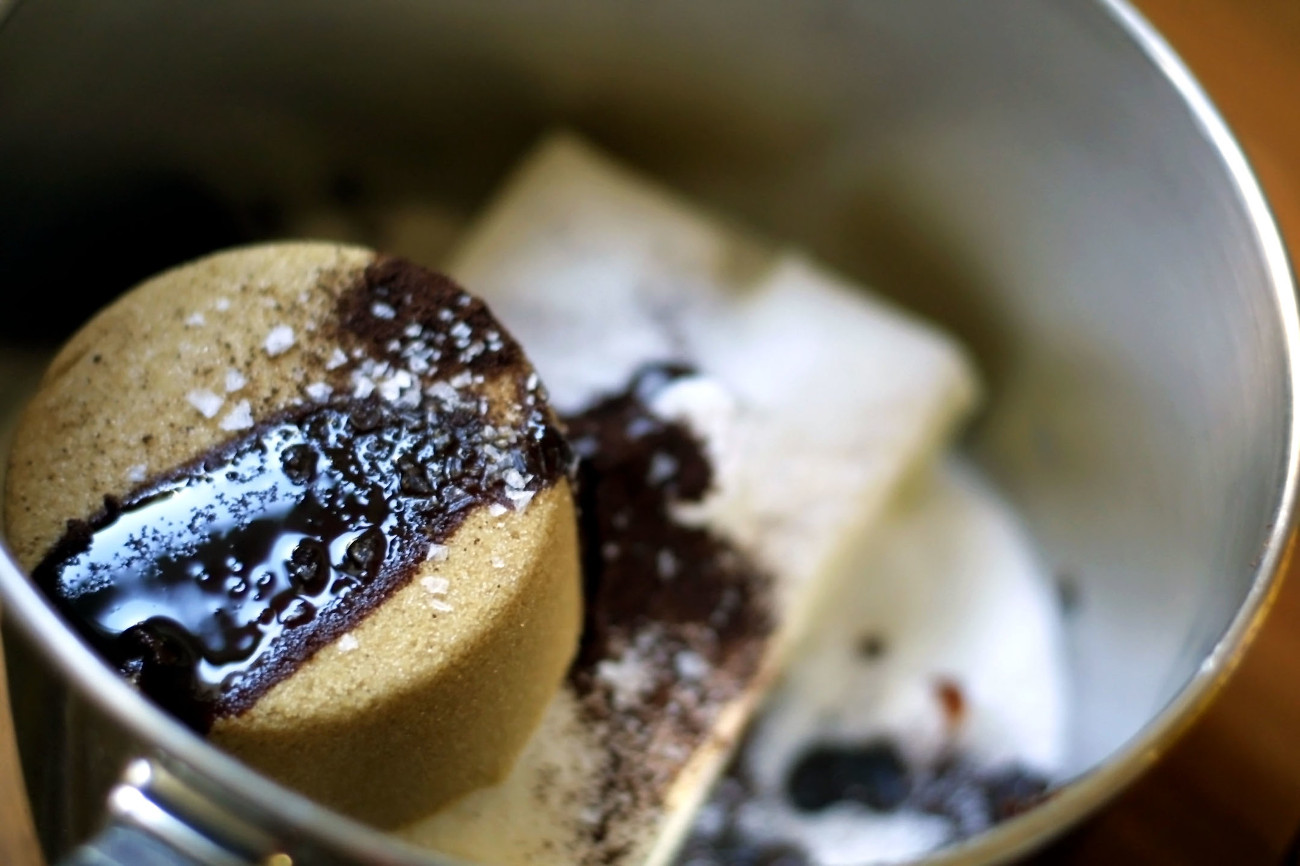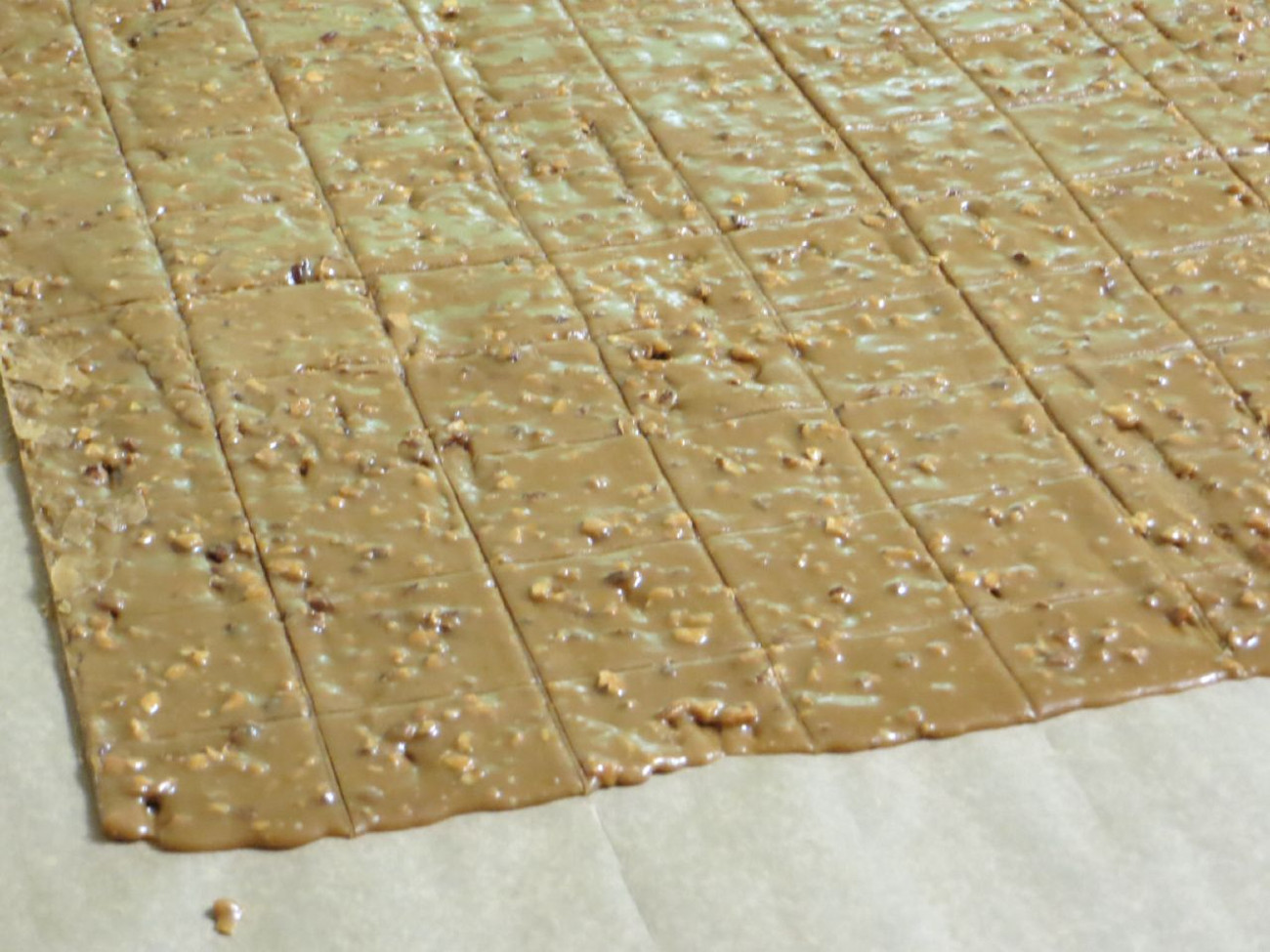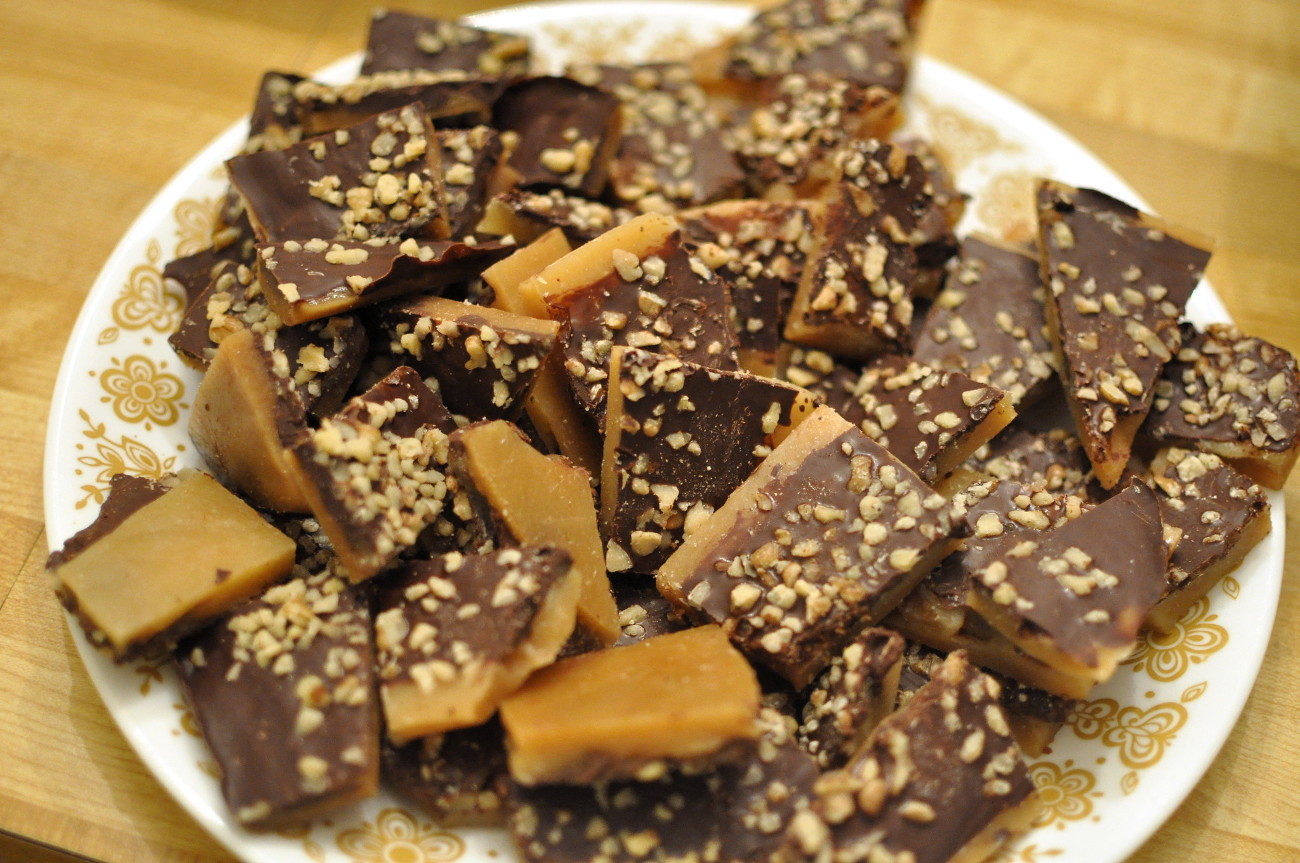What’s so English about English toffee? Toffee is far from exclusive, in fact, it’s even in the United States, so why do we always associate this sweet confection with that country across the Atlantic? Is there really a reason behind the name, or is it just for show?

England is famous for its sweet treats, but none is as ubiquitous as toffee. Is there any other candy that is this addictive to eat? Crunchy, sweet, and caramel-y – English toffee just checks off all of the boxes, but it’s far from a modern invention and is only naturalized as England’s sweet treat via trade and colonies.

England had an iron grip in various regions of the world, but one of England’s most valuable assets (all tied up with a not-so-pleasant history) was the sugar trade in the Caribbean. Countless Caribbean islands had large sugar plantations where sugar was farmed, harvested, and refined. Once cheap refined sugar made its way to the general population of England proper, its consumption skyrocketed.

Sure, sugar was spooned into tea and put into bread and scones, but the once reserved confectionaries of the upper crust were feasible for the masses to make and eat. Even though they could make fancier foods like the wealthy, they still had to make candies with a frugal eye. When toffee emerged in the 19th century, utilizing foods before they spoiled was crucial, and even though sugar was refined, the sugar bought at markets probably had dirt and other pathogens mixed in, so cooking your food (and sugar) was your safest bet. Boiling your sugar into a candy ensured that bacteria was removed and the end product would last longer at room temperature. Today a lot of toffee recipes call for a lot of butter, but the original recipes are more frugal with this ingredient, making for a harder candy.

In a sense toffee and eventually, the fancier buttercrunch is a representation of England’s colonies, combining several specialty items into one singular candy. Chocolate from the West Indies, molasses from Jamaica and Barbados, nuts from the American colonies, and white sugar from the Caribbean were formed to make a treat made solely off of colony import products. These specialty items defined a England’s singular dominance over many nations and subsequent exotic specialties, the sun never set on England. Today, we don’t think of toffee ingredients as exotic or special, they are almost the mainstay of baking products.

There are many derivatives of toffee and sometimes they are said interchangeably, take the example of toffee and buttercrunch. Nowadays this term is used interchangeably, and you’ll see a slew of websites giving one reason or another behind the labeling differences. Buttercrunch is made solely with white sugar, while toffee is made with a blend of white brown and molasses (or later it would be made with brown sugar). Cooking times also differ, creating different textures. A big difference between the two candies is temperature, buttercrunch is cooked to a soft crack stage (270 degrees to 290 degrees), while toffee is cooked to a higher temperature (295 degrees to 310 degrees) to achieve the hard crack stage. Toppings are also varied, buttercrunch is candy dressed up in chocolate and nuts, but classic toffee is simply the naked candy itself.

Regardless of the semantics and history behind toffee (and buttercrunch), is it still a classic treat that anyone can enjoy making at home.













